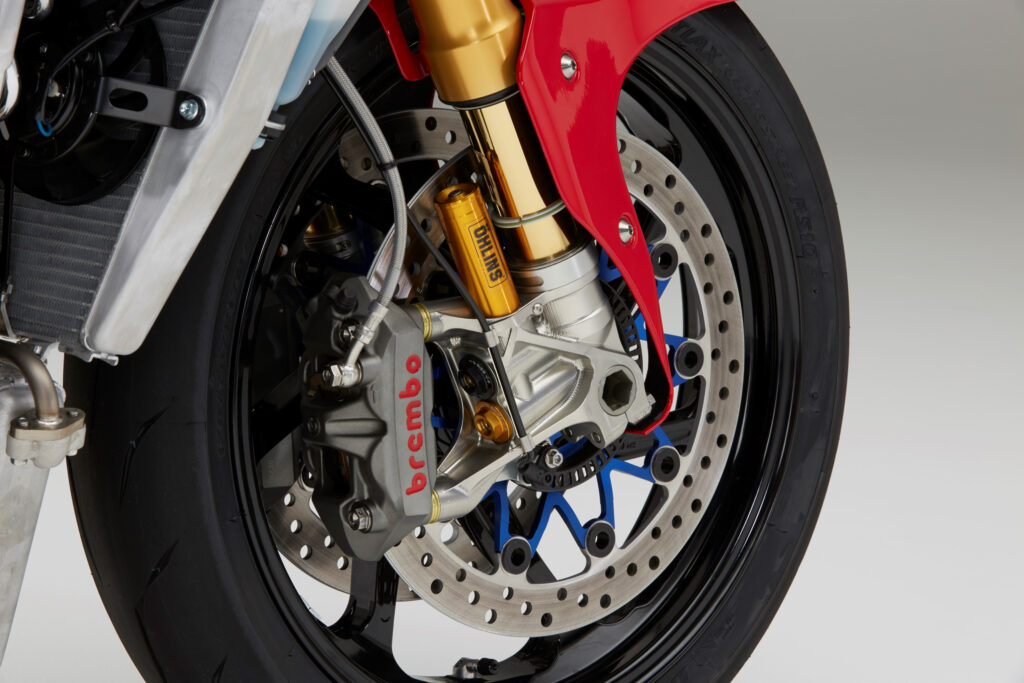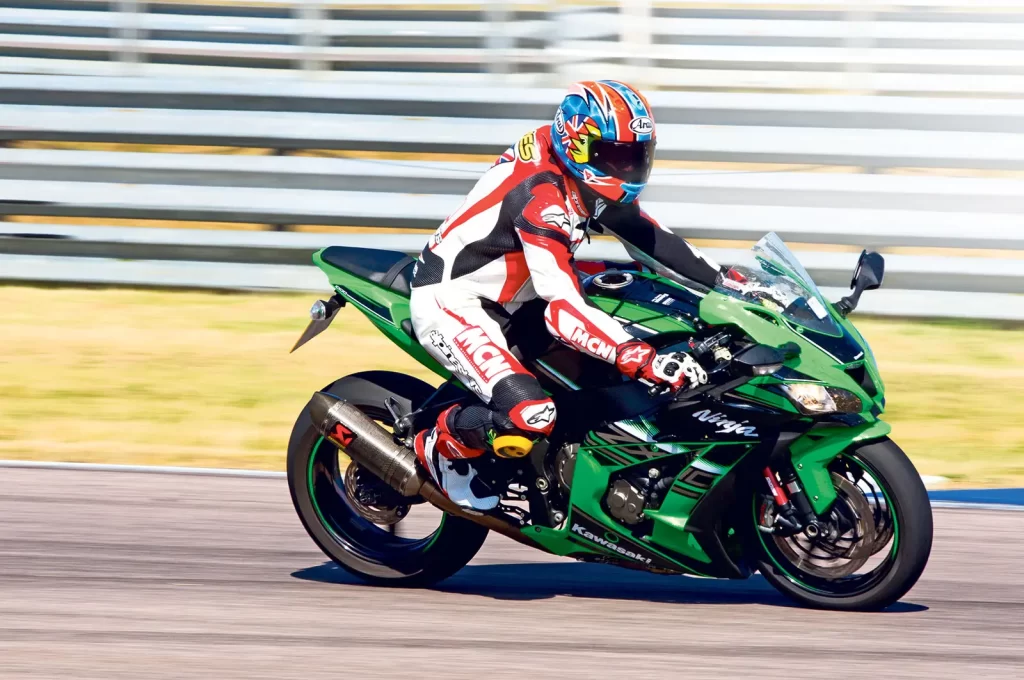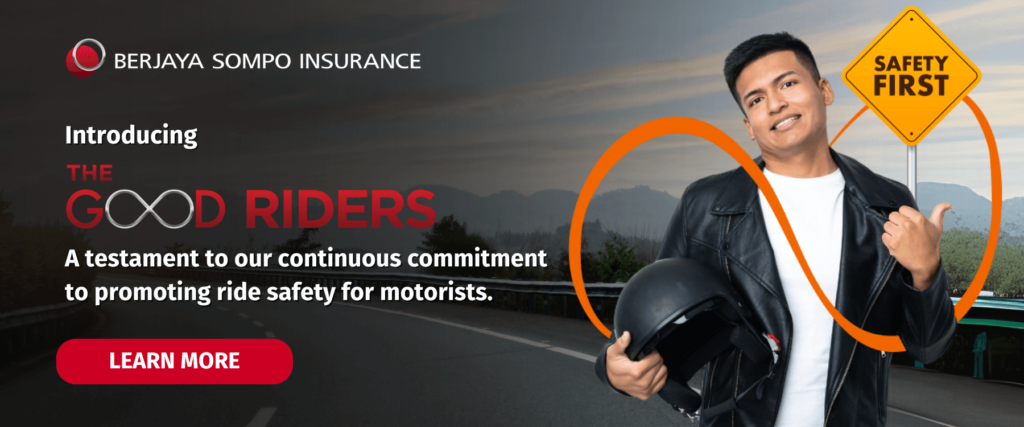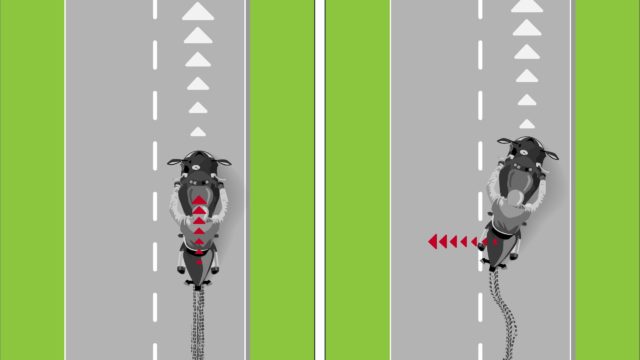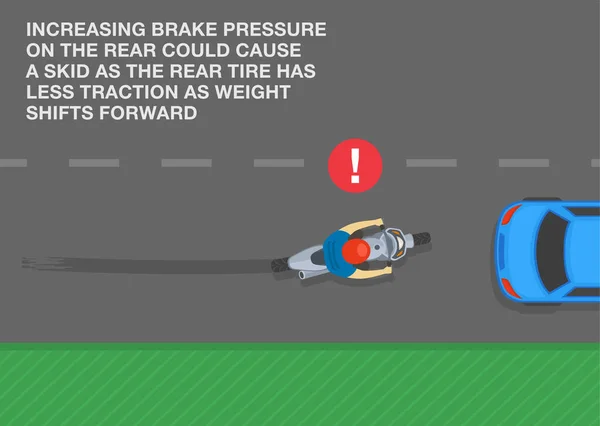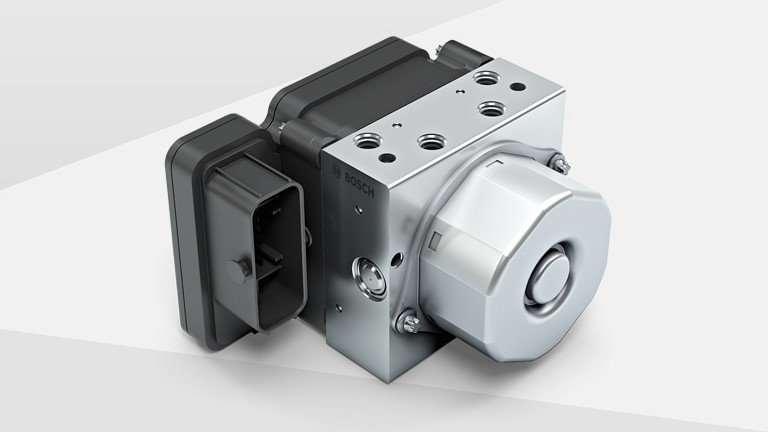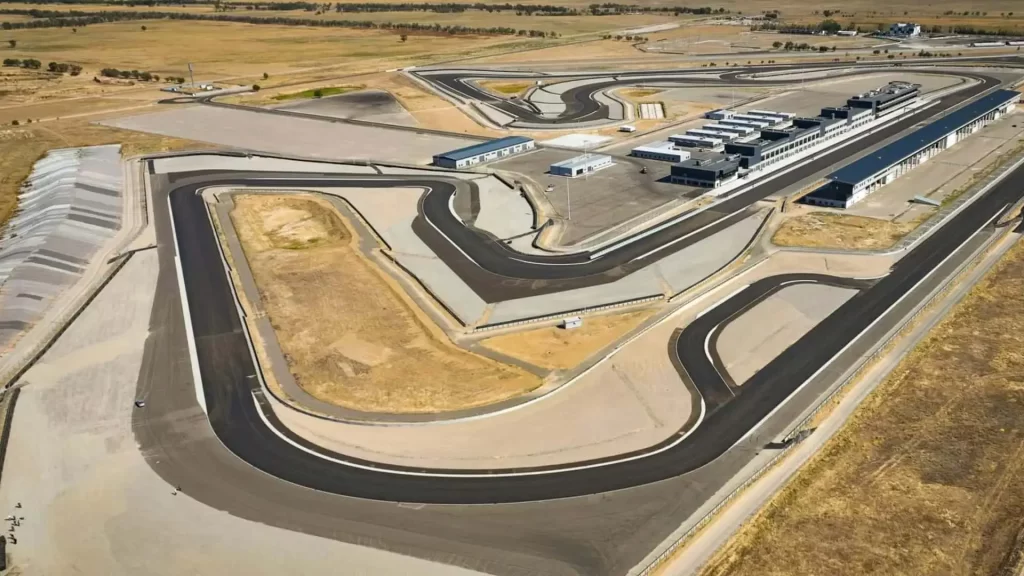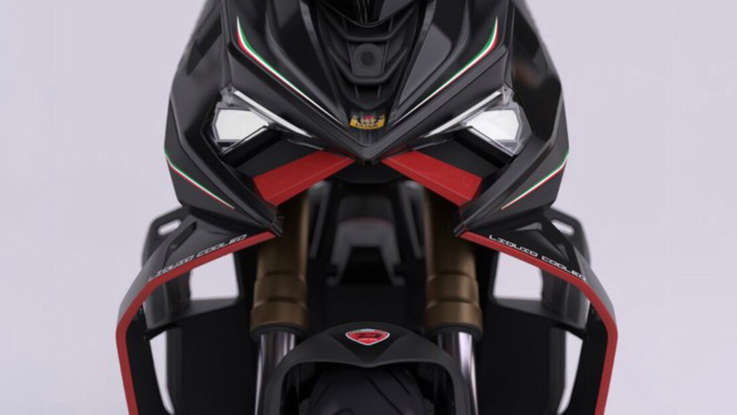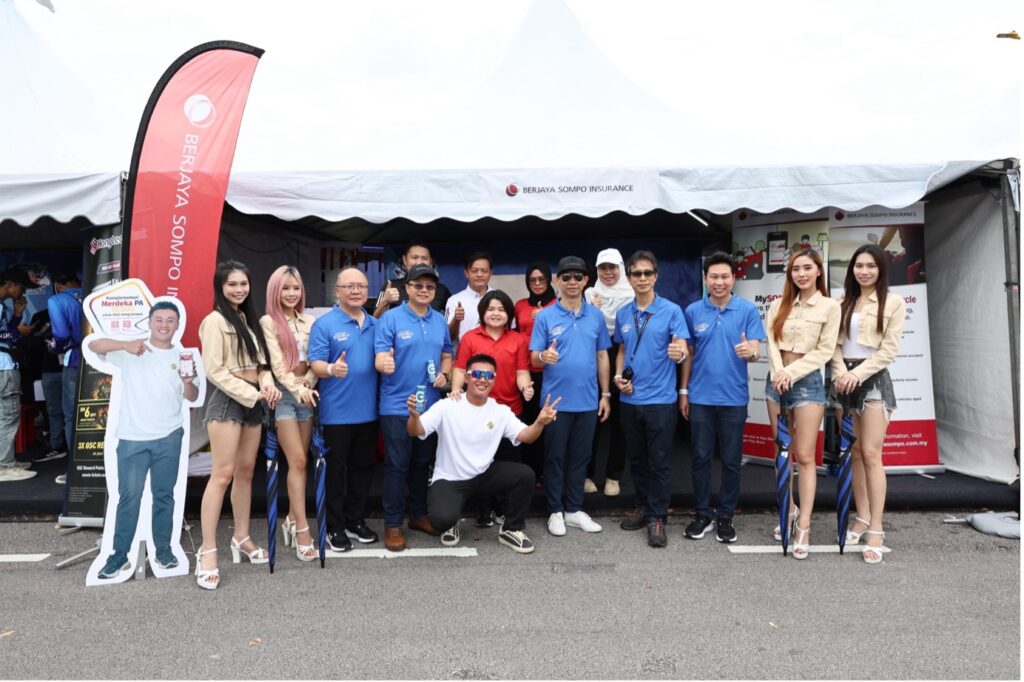Recently, the case of several 4×4 vehicles being parked in a river went viral. The actions of those vehicle owners have been widely criticised by netizens. Regardless, there is still no statement from any authority whether the owners will be subject to legal action.
In this regard, Perak Eco Tourism Development Association Advisor, Cik Siti Norlizawati Narawi said there should be a guideline for camping and public recreation sites to curb the irresponsible behaviour of visitors.
She also said that irresponsible acts are usually committed in locations without owner, because the paid sites have certain guidelines and rules that visitors need to follow.
“It is indeed difficult to control people who visit public recreation and camping sites, (but) maybe the government can issue specific rules such as don’t make a ruckus, respect others, and don’t pollute the environment and so on.
“Guidelines like these can be a reference for any individual or local residents to rebuke the actions and misbehaviour of visitors.

“There may be certain actions to teach a lesson, should they violate these guidelines,” she said when contacted by the Harian Metro newspaper.
“Recently, a case of parking 4x4s in the river went viral. We are worried that this may cause the vehicle’s oil to leak and pollute the river, making other people who bathe in the same area uncomfortable.
“There was also meals served on table and chairs set in the water. The safety aspect is one thing, then washing the dishes in the river afterwards causes the quality of the water to be dirty with leftover food such as fish and chicken bones.
“We may not see the impact now, instead, we only take action when something happens. Prevention is better than cure.
“This kind of act should not happen, in fact all parties need to be aware by taking care of their behaviour, speech and not polluting the area because any act that is not good for the environment will definitely have a negative and bad impact,” she said.
However, she did not mention off-sport activities such as enduro motorcycles, ATVs rides, and 4×4 adventures.





